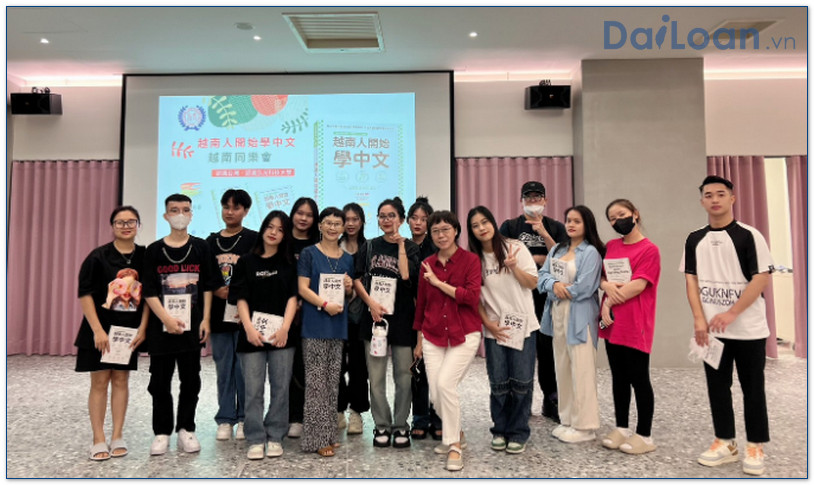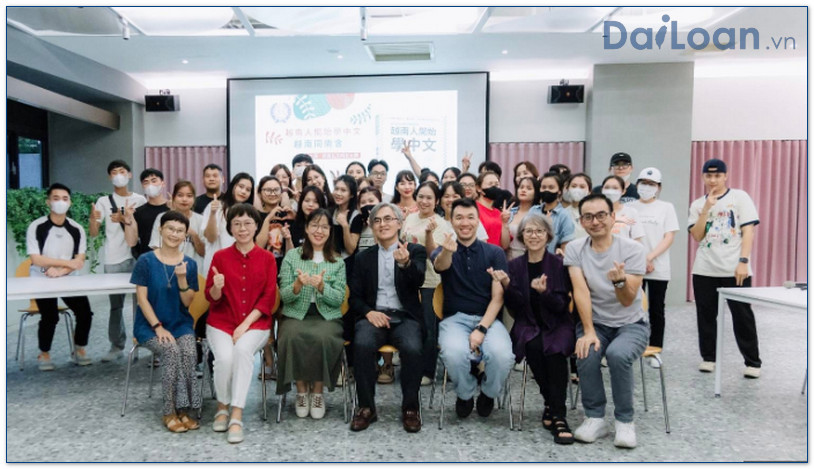In the realm of the Chinese language, certain phrases weave themselves intricately into the fabric of culture and communication. One such phrase is 實事求是 (shí shì qiú shì). This article delves into the meaning, grammatical structure, and illustrative examples of this significant expression.
What Does 實事求是 (shí shì qiú shì) Mean?
The phrase 實事求是 translates directly to “seeking truth from facts.” This expression embodies a blend of pragmatism and realism, emphasizing the necessity to address issues based on their true nature rather than merely theoretical frameworks. It underscores a commitment to practical solutions grounded in reality.
In political discourse, shí shì qiú shì is often associated with the Chinese Communist Party’s guiding principles, advocating for policies that reflect actual conditions rather than dogmas. The essence of this phrase resonates deeply in various aspects of life in China, reflecting a societal value of integrity, accountability, and rationality.
Grammatical Structure of 實事求是
To fully appreciate the phrase 實事求是, it is essential to dissect its grammatical components:
1. Components Explained
- 實事 (shí shì): This term means “facts” or “actual circumstances.” Here, 實 (shí) means “real” or “true,” and
 事 (shì) translates to “matter” or “affair.”
事 (shì) translates to “matter” or “affair.” - 求 (qiú): This verb means “to seek” or “to pursue.”
- 是 (shì): This term translates to “to be,” functioning as a linking verb in this context.
2. Phrase Construction
The construction of 實事求是 follows a logical sequence:
- The subject (facts) is emphasized first.
- Followed by the action (seeking).
- Concluding with the state of being (is or are).
This straightforward structure reinforces the priority of empirical reality over abstract theory.
Examples of 使用: Sentences Using 實事求是
Now that we understand the meaning and structure of 實事求是 , let’s explore a few practical examples to illustrate its usage in everyday contexts:
, let’s explore a few practical examples to illustrate its usage in everyday contexts:
Example 1: In a Business Context
在制定企業政策時,我們需要實事求是,考慮市場的實際需求。
(When formulating corporate policies, we need to seek truth from facts and consider the actual market demands.)
Example 2: In Education
我們的教學方法必須實事求是,根據學生的實際水平調整課程。
(Our teaching methods must be grounded in reality, adjusting the curriculum according to the actual level of students.)
Example 3: In Politics
政府的決策應該實事求是,以解決目前的社會問題。
(Government decisions should seek truth from facts to address current social issues.)
The Cultural Significance of 實事求是
The concept of 實事求是 extends beyond mere verbal expression. It illustrates a core value in Chinese society, particularly in overcoming challenges through practical and factual approaches. This principle encourages individuals and leaders alike to prioritize evidence-based decision-making and fosters an atmosphere of transparency and accountability.
Conclusion
In conclusion, 實事求是 (shí shì qiú shì) serves as a vital cornerstone of Chinese philosophical thought and practice. Understanding its meaning, grammatical structure, and contexts of usage enhances one’s comprehension of the Chinese language and the culture it represents. As we navigate through complex issues in personal and professional realms, adopting a mindset of seeking truth from facts can lead to more effective and meaningful resolutions.

Sứ mệnh của Chuyên là giúp đỡ và truyền cảm hứng cho các bạn trẻ Việt Nam sang Đài Loan học tập, sinh sống và làm việc. Là cầu nối để lan tỏa giá trị tinh hoa nguồn nhân lực Việt Nam đến với Đài Loan và trên toàn cầu.
CÓ THỂ BẠN QUAN TÂM
Du học Đài Loan
Lao Động Đài Loan
Việc Làm Đài Loan
Đơn Hàng Đài Loan
Visa Đài Loan
Du Lịch Đài Loan
Tiếng Đài Loan
KẾT NỐI VỚI CHUYÊN
Zalo: https://zalo.me/0936126566
Website: www.dailoan.vn




